
{Guest Post by Samantha Randall}
Getting your child involved in your dog’s care and training is important for any parent and dog owner. There are a lot of different ways having a dog around improves the life of a child, many of which have been proven in studies. The key factor here is that the majority of those child and dog relationship benefits are dependent on the kid being actively involved in the care for the dog. A handy dog chore chart for children helps!
Dog Care Chore Chart
On my podcast, I’ve previously had the pleasure of speaking with an expert child therapist Dr. Jody A. Dean about how dogs and kids help each other. We went over some of the research and literature on this subject.
Children learn important lessons from raising animals. In summary, if you get your child involved in the care for your dog, you will:
• Teach your child to be responsible from a very early age.
• You will improve your child’s health – frequent daily interactions between a child and a dog has a lot of health benefits for the child. Not only does it reduce the risk of developing allergies and eczema, but the outdoor activities result in much better physical fitness.
• Teach the kid to be empathetic towards animals and everyone in general.
• Help your child and your dog bond more easily and much stronger.
• Reduce stress levels in kids, according to this study.
• Make sure that your child doesn’t get bored with the dog, since they will be frequently interacting and having fun together.
• Help boost your kid’s self-esteem as he/she will see the worth in his or her work and actions.
• Improve the child’s immune system through boost in his microbiota, as shown here.
• Help your child’s physical development – kids that walk dogs outside daily and that frequently play with their dogs get a lot of exercise from an early age.
• Help your child’s cognitive development – by giving your child tasks and responsibilities related to your pet, you are essentially giving them new challenges to overcome and new skills to develop. This is a very effective mental stimulation when done right.
• Improve literacy in your kids, as it was demonstrated in a recent study.
• You will make your child happier. Having a dog is nice for every kid, but actively interacting with the dog, taking care of the dog, and in the meantime playing with the dog – things like these can bring a lot of joy in a child’s life.
It’s easy to see that having a pet around when you’re a parent brings a multitude of benefits. But most of them come from actively involving the child in the care for the animal.
While all this sounds great, it can also be somewhat challenging for parents and their kids. Young children are notorious for the lack of responsibility required to properly care for the pet, and carrying out the necessary chores related to dog care.
The situation may be further complicated because parents aren’t aware how deeply they should get the kid involved with the whole thing. They tend to intentionally keep their kids away from most of the dog-related chores. If a dog is not in your family plans, this list of best reptile pets for kids may be a helpful alternative to think about.
This is because they don’t feel the child is up to the task or because they are afraid something might go wrong. Overprotecting a child like that can result in him or her growing without learning about some basic responsibilities and developing useful skills.
On the other hand, trying to involve your child in things he or she is too young for can get them in over their head and result in some trouble.
How does one figure out exactly what can and should be delegated to a child and what should only be left for grownups to deal with?
As a parent and pet owner for years, and someone who discussed the subject matter many times with child and canine experts, I found that there are three steps to this.
First, you must go through basic dog training with your pet and teach the canine to behave around kids.
Second, you’ll need to do the same with children and teach them how to behave around dogs. They need to know how to understand dog’s body language and behavior, including all safety precautions.
Third, you can use a special dog care chore chart for children that will safely involve your children with caring for the pet, based on their age(s).
The below chart has some basic dog-related chores you can and should give your child, depending on his/her age.
Most of them are largely dependent on the particular kid, his or her abilities, as well as on the level of communication between the two of you. This is a good starting dog chore chart for children and gives you a better idea on what is appropriate and what is not.
Dog Chore Chart for Children:
1 – 4 years:
- Don’t irritate the dog.
- Give the dog the space that he needs.
5 – 8 years:
- Feed the dog once per day.
- Change the dog’s water once per day.
- Walk the dog in the park together with the parent.
- Brush the dog’s fur once per day.
- Help the parent train the dog.
9 – 14 years:
- Feed the dog all meals.
- Change the dog’s water once per day.
- Walk the dog.
- Train and play with the dog.
- Brush the dog’s fur once per day.
- Assist the parent in giving the dog medication when necessary.
15+ years:
- Feed the dog all meals.
- Change the dog’s water once per day.
- Walk the dog.
- Train and play with the dog.
- Brush the dog’s fur once per day.
- Give meds to the dog when necessary.
- Bathe the dog when necessary.
- Take the dog to the vet when necessary.
At what age did you have your child help take care of your pet? What chores does your child do to help care for your pet?
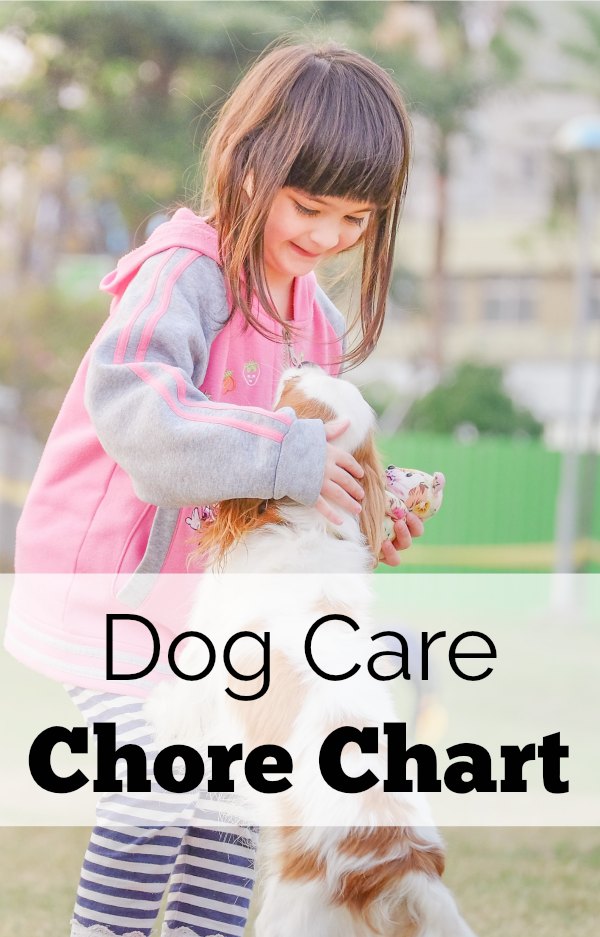

Samantha is the Editor-in-Chief at Top Dog Tips. She has been writing about all things pet-related for the past 10 years. Through her work at TDT, she has had the opportunity to learn from many experts in the pet industry and stay updated with the most recent research on animals. In her spare time, Samantha enjoys spending time with her family in the Maine outdoors. Some of her favorite activities include hiking, skiing and exploring with her husband, her three children and her dogs.
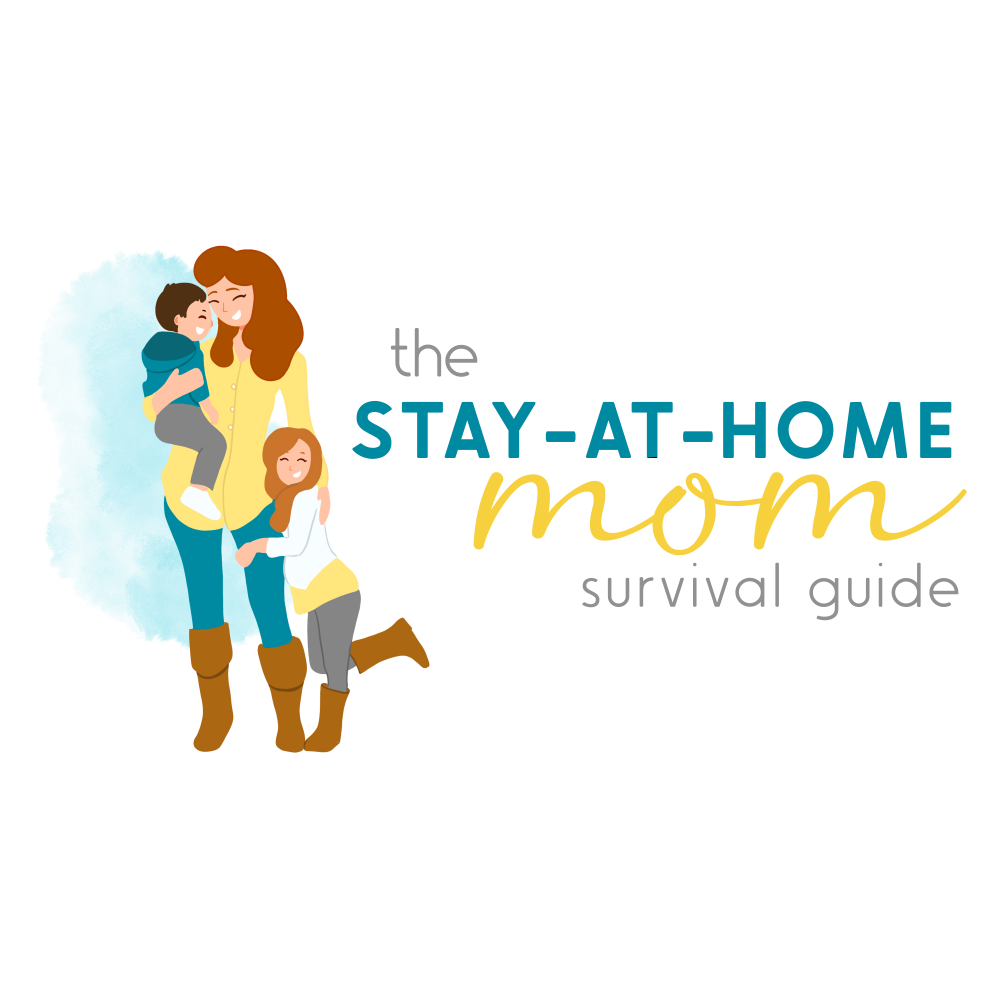
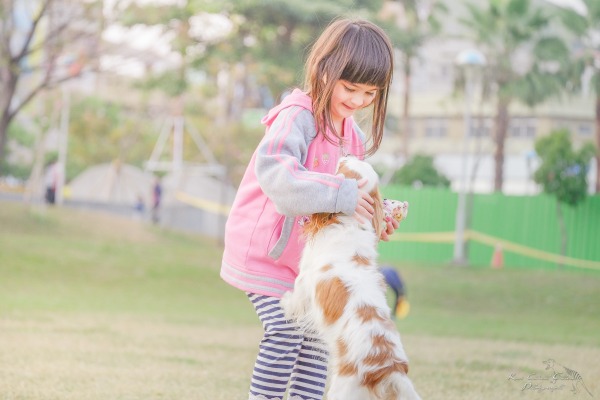
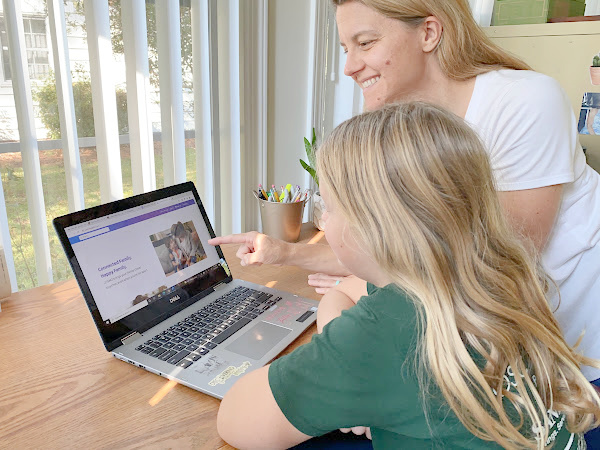

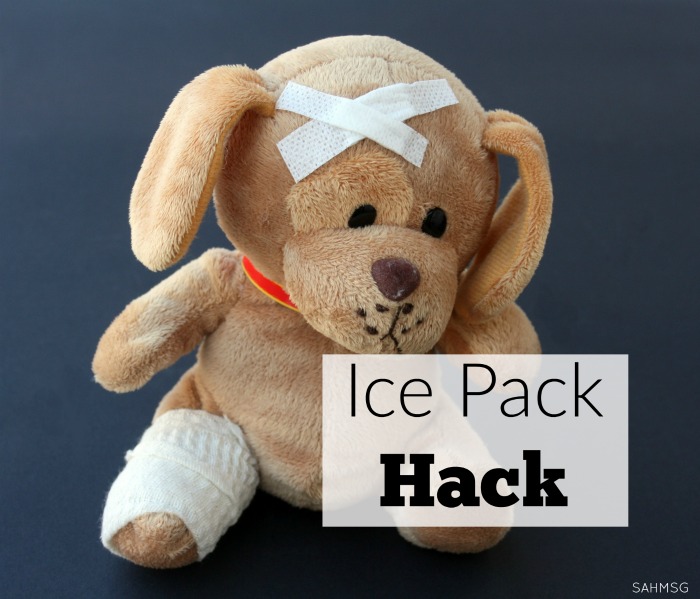

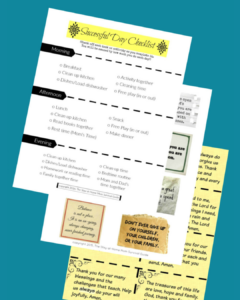

ur mom